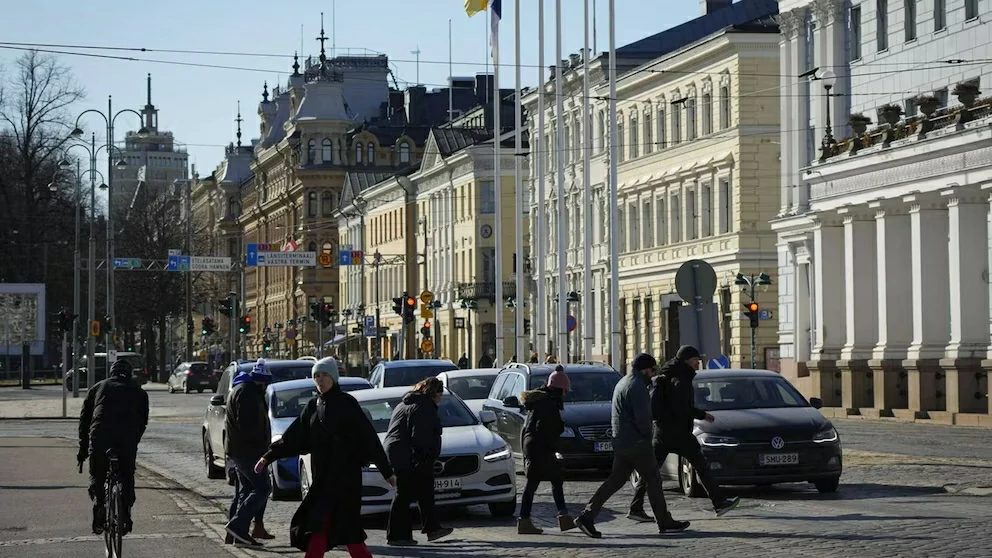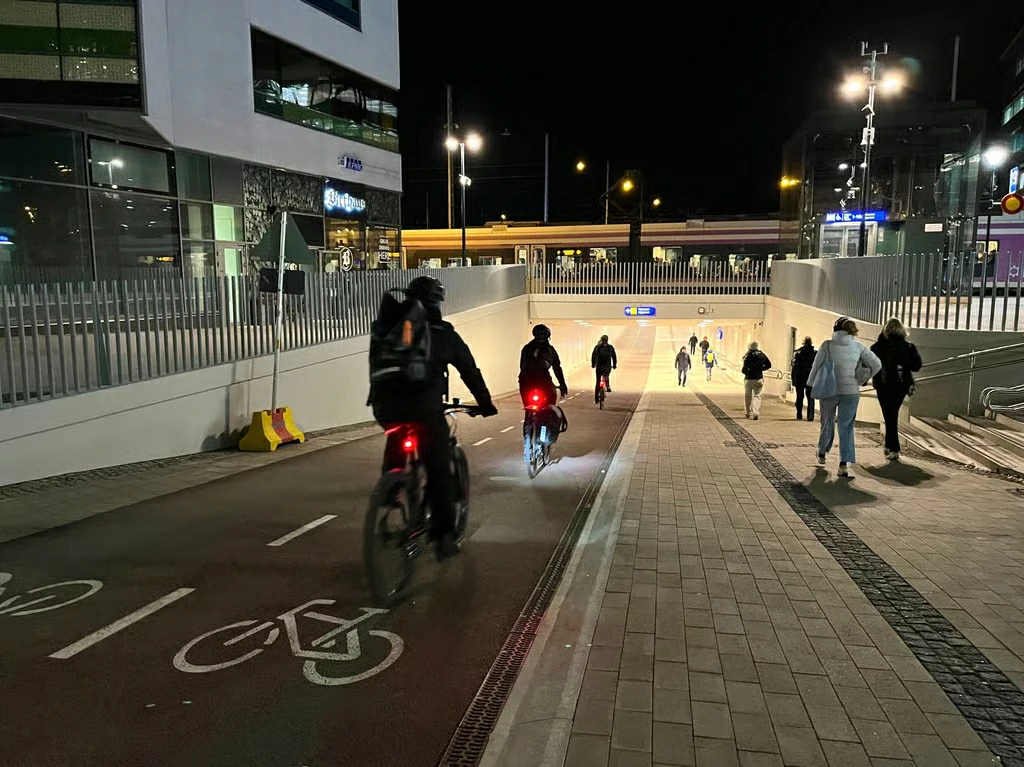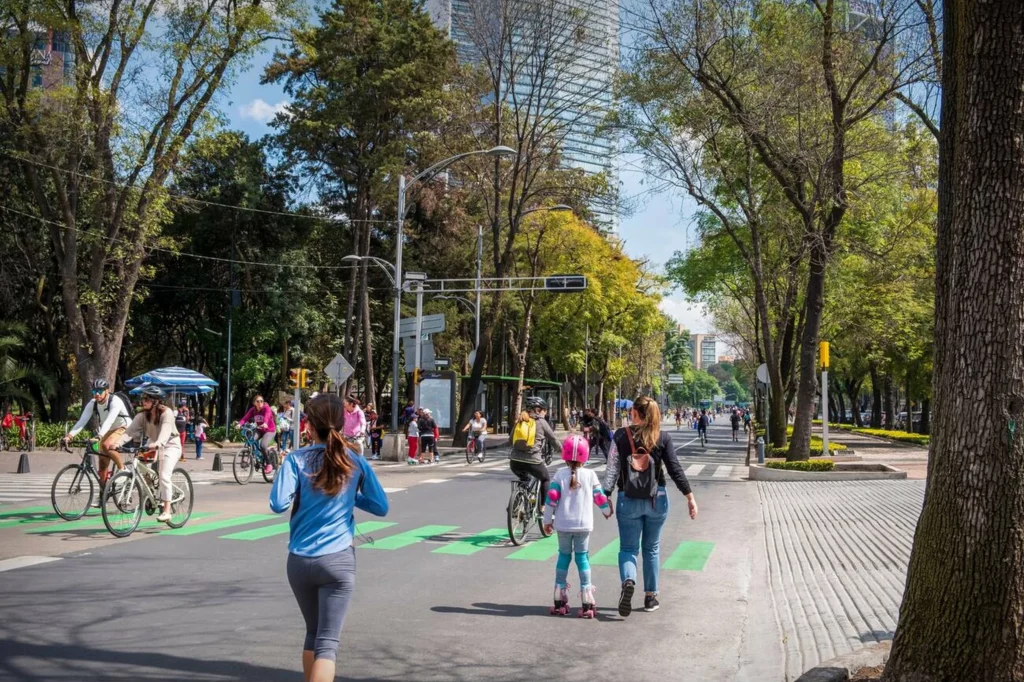Zero accidents. Reaching zero traffic-related deaths in a major city has long seemed like an ambitious—almost unattainable—goal. Yet Helsinki, the capital of Finland, shattered that perception by completing the entire year of 2024 without a single road fatality. Backed by data from the Finnish Transport and Communications Agency (Traficom) and the Helsinki City Council, this milestone is more than a local achievement—it’s proof that road safety outcomes can be transformed when there is genuine commitment and strategic action.
In Mexico, where traffic accidents remain one of the leading causes of death among young people and adults, Helsinki’s achievement offers a powerful moment of reflection: What did they do differently—and how could similar strategies be adapted to our own context?
A transformation that started before the numbers reflected it
The milestone of zero traffic fatalities didn’t happen overnight. For years, Helsinki has been implementing the “Vision Zero” philosophy—a strategy built on the belief that no loss of life on the roads is acceptable. It takes a comprehensive, multi-layered approach to prevent accidents before they happen.
The city began by reshaping its environment: safer streets, lower speed limits, and spaces intentionally designed to give real priority to pedestrians and cyclists. But the transformation wasn’t purely physical. It involved a deep cultural shift in how people think about mobility and how they move through the city. From an early age, children in schools are taught to share the road with respect, to use reflective gear, and to understand that being in a hurry should never come before being safe.
Reducing the maximum speed to 18.6 mph in most urban areas was a key decision. It may seem like a minor adjustment, but in real-world conditions, it often means the difference between a minor injury and a fatal outcome. Scientific evidence strongly supports this: at that speed, the likelihood of a crash resulting in death drops dramatically.

Infrastructure that protects—even when mistakes happen
In Helsinki, there’s a clear understanding that human error is inevitable. The key is ensuring those mistakes don’t lead to tragedy. That’s why the city redesigned pedestrian crossings to make them more visible and safer, expanded bike lanes to keep them physically separated from motor traffic, and reorganized traffic flow to give pedestrians true priority over vehicles.
In addition, signage has been made clearer and easier to understand, enabling drivers to anticipate situations and react in time. Every urban design change serves a purpose: to reduce the risk of incidents and protect the lives of the most vulnerable road users.
One city, one culture, one goal
Helsinki recognized that establishing rules alone isn’t sufficient; true success comes when these rules become ingrained in everyday behavior. The city’s road safety culture is the outcome of years of dedicated campaigns, continuous engagement, and a clear, unified message: every life is invaluable.
Streets, transportation, and education are all aligned with this shared purpose. Most importantly, the goal of zero traffic accidents is seen as a collective achievement—not merely a government mandate. It is this shared vision that has made possible the sustained results that many other cities still consider out of reach.

Europe already has the horizon set
What Helsinki has achieved is not an isolated case. It is part of a broader effort across the European Union, where the European Parliament has set the ambitious goal of reaching “zero deaths” on the roads by 2050. In its October 2021 resolution, the Parliament called on member states to strengthen road safety through stricter speed limits, safer roads, and vehicles equipped with advanced technologies to prevent accidents.
Helsinki’s example demonstrates that these global goals can be achieved much sooner when consistent policies are implemented and investments are made in infrastructure and education.
Mexico and the challenge of adapting a European model
Mexico’s context is different. Cities face uneven infrastructure, heavy traffic, and road habits that often prioritize speed over safety. Still, moving toward the goal of zero traffic accidents is achievable with a comprehensive plan and by fostering road safety awareness as an integral part of daily life.
In busy urban areas, accident prevention is crucial. Lowering the maximum speed limits on public roads and reorganizing public spaces to prioritize the most vulnerable road users can make a real difference. Enforcing and strengthening traffic regulations, combined with infrastructure designed to protect the millions who rely on cars, bicycles, or public transportation, is essential.
Road safety education must become an integral part of our daily lives. It helps instill respect and responsibility behind the wheel. Mexico City could serve as a pilot location for implementing such changes. These initiatives have the potential to reduce traffic accidents, save lives, and transform the way we move throughout urban areas.
Helsinki’s achievement, highlighted by Politico Magazine, is truly unique: it is the only European Union capital to have completed an entire year without any road fatalities. This success was not just the result of stricter regulations, but of designing the city in a way that makes speeding nearly impossible. It demonstrates that infrastructure can shape behavior more effectively than penalties—a principle Mexico could adapt to its own reality.

Is your city ready to take the step towards “Zero traffic accidents”?
Discover our range of innovative road safe solutions, designed to save lives and create safer streets for everyone—pedestrians, cyclists, and drivers alike. Each product, from high-visibility signage to advanced speed control systems, is engineered to prevent incidents before they happen.
Remember, road safety is not just the responsibility of authorities—it’s a shared commitment. Investing in proper infrastructure and equipment is an investment in lives. Let’s not wait for the statistics to worsen before taking action: the time to transform our streets is now.
Change starts today—and it can begin with you.
FueSources and References:
- Finnish Transport and Communications Agency (Traficom)
- Helsinki City Council
- European Parliament – Zero Deaths Goal for 2050
- World Health Organization (WHO) – Global Status Report on Road Safety
- Politico – Helsinki is the only EU capital with zero road deaths in a year (link).
